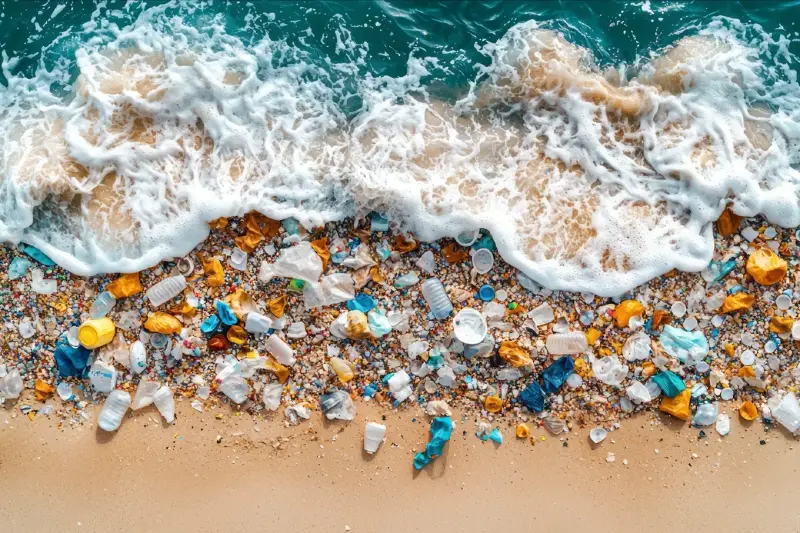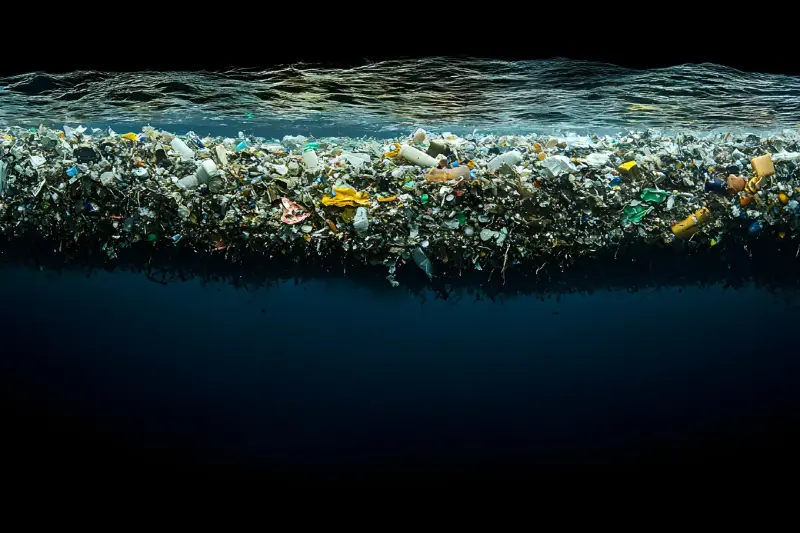Plastic Materials Pose Growing Health and Economic Risks

From food packaging to mobile phone cases, plastic is now woven into the fabric of modern life. But as convenience grows, so do concerns—scientists, economists, and public health experts warn that our relationship with plastic may be more perilous than we once imagined. The risks don’t just wash away with the tide; instead, they accumulate in surprising, invisible ways.
The Unseen Toxins: Plastics and Human Health
Imagine trillions of microscopic fragments drifting from city streets to mountain lakes—microplastics are everywhere. Recent studies reveal that these tiny plastic particles have infiltrated human bodies; traces have been found in blood, lungs, and even placentas. This level of infiltration has startled researchers, raising questions about unknown long-term impacts.
Why does this matter? Plastics are often laced with chemical additives such as phthalates, BPA, and flame retardants, some of which disrupt hormones and are linked with conditions ranging from asthma to certain cancers. The World Health Organisation has classified microplastics as an emerging threat, urging for more research.
Key health risks include:
- Endocrine disruption, where hormonal systems are thrown off-balance
- Increased risk of respiratory and cardiovascular conditions
- Potential links to infertility and developmental issues in children
The most chilling aspect: once inside our bodies, these materials may linger for years, silently altering biological systems, the scale of which we’re only beginning to understand.
Environmental Fallout: More Than Just Litter
While images of litter-strewn beaches tug at our guilt, the cascade of damage from plastic pollution runs deeper. Oceans teem with microplastics that marine life mistake for food. Fish, seabirds, and even whales ingest these fragments, transferring chemicals up the food chain—straight to our dinner plates.
Not only does this threaten wildlife populations, but the decay of ecosystems can spark economic turmoil. The UK government estimates that plastic pollution costs coastal economies millions annually in clean-up and lost tourism.
Consider this:
- Roughly 11 million tonnes of plastic enter the oceans each year.
- By 2050, plastics could outweigh fish in the sea, according to the Ellen MacArthur Foundation.
- 700 marine species have been affected by plastic waste—from entanglement to ingestion.
Every piece of plastic ever made still exists, fragmenting rather than vanishing. As these fragments accumulate, they fuel a cycle of contamination that’s hard to reverse.

Counting the Cost: Economic Woes Mount
Beyond health and ecology, plastic’s true price tag is daunting. Far from being a cheap fix, managing plastic waste eats into public funds. Sorting, recycling, and landfilling drain billions annually on a global scale.
Hidden costs emerge in healthcare systems battling plastic-linked illnesses and in lost productivity from contaminated fisheries, farms, and waters. Developing nations are hit hardest, struggling with insufficient infrastructure to cope with mounting waste.
According to a 2023 report by the United Nations Environment Programme:
- The global plastic pollution crisis could cost economies $300 billion per year by 2040.
- Investing in better recycling could cut costs by more than 50%.
- Prevention, not just recycling, is seen as critical for future savings.
The economic strain is not abstract. For many, it means higher taxes, fewer job opportunities, and a compromised quality of life.
As evidence mounts and costs rise, the case for reducing plastic use grows urgent. But with each new innovation—bio-based plastics, improved recycling systems, policy bans—there’s hope for a future where convenience doesn’t come at the cost of our health or planet.
Could a world less dependent on plastic become reality? The next steps depend on choices from consumers, policymakers, and industry alike. What role will you play in this unfolding story?
